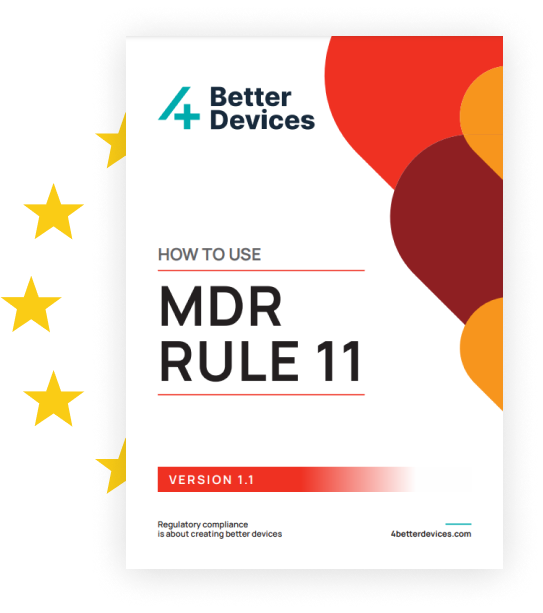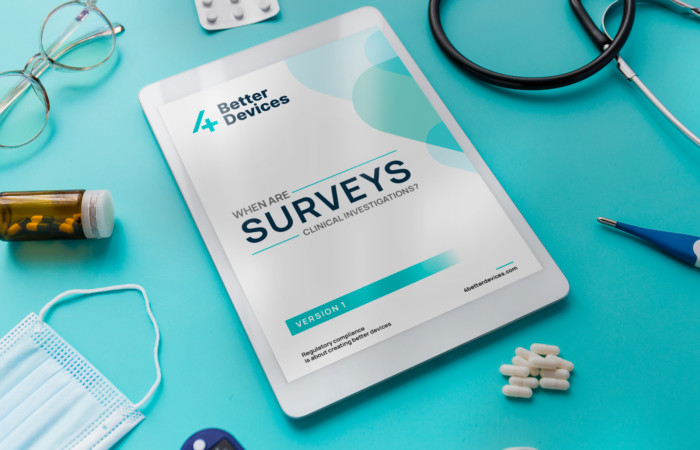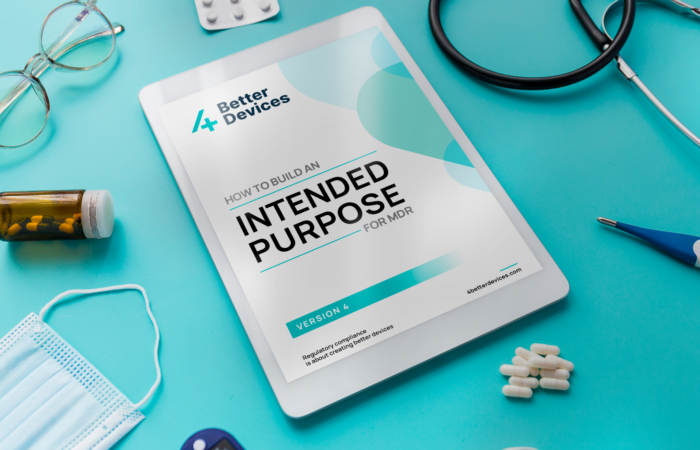The reality
Addressing Rule 11 has proven challenging for the medical device industry. This not due to any inherent flaw in the rule itself. As analyzed above, contrary to some suggestions, the rule is neither incomplete nor inconsistent. The real challenge stems from a mismatch between expectations and reality. The industry expected a rule based purely on clear-cut semantics—a straightforward system to categorize devices by specific terms; for example, placing all “telemedicine” software in the same category. The reality, however, is that medical software is intangible and comes in countless forms and purposes. A thousand manufacturers might give a thousand different interpretations of “telemedicine” or “clinical decision support systems”. That is why the Commission implemented a classification rule based on context, that requires a detailed understanding and analysis of the nuances of medical practice to correctly classify software that might impact this practice. It is precisely this task—analyzing medical context—that has proven most challenging for an industry previously accustomed to decades of lack of clinical scrutiny It is no surprise, therefore, that a large number of software devices brought onto the market is misclassified. In particular, a large proportion of Class I software is “underclassified”, meaning their classification would be IIa or higher if assessed accurately according to MDR rules. Indeed, especially startups and smaller companies view Class I as a lifeline to certification that allows them to access domains reserved to CE-marked devices, such as reimboursement or hospitals, without incurring in notified bodies costs that are often beyond their financial capacity. However, the manufacturers are not the only ones accountable for this situation. Generally, there is a perception that authorities across Europe have been cautious about applying classification rules stringently to avoid stifling the startup scene. For example, it is an open secret in the German medtech that some regional authorities perform little or no checks on the classification when Class I products are registered. The problem with this approach is that it places all the risk on the manufacturers. And the manufacturers might not be aware of this. Indeed, a German manufacturer might assume that if the regioanl authority does not object to the device being classified as Class I, then the classification is correct and the manufacturer is legally protected. However, this is not the case. It is the responsibility of the manufacturer to ensure that a Class I device is correctly classified. In the event of a legal dispute with a patient or competitor, citing the regioanl authority’s lack of objection will not serve as a defense1. The long-term strategy appears to be one in which differences in classification will eventually level out as competition increases. For example, manufacturers who have properly classified their devices may request those with underclassified devices to follow suit. Indeed, this trend has started to manifest in Germany, where a recent lawsuit has sent shockwaves through the industry 2 , after the higher regional court decided against the class I classification of a diagnostic telemedicine solution, following a competitor lawsuit. The competition and lawsuits are only bound to increase, especially as several European governments begin to establish lucrative reimbursement schemes for digital therapeutics. For these reasons, manufacturers should exercise caution when dealing with device classification. First, it is critical that they understand the risks associated with potential classification errors. Unfortunately, a growing consulting industry often promises easy solutions to complex problems, tempting manufacturers with shortcuts. Therefore, we recommend ensuring that any strategic consultation, especially regarding classification, includes a contract that requires consultants to share in liability for damages. This approach would have two benefits. Firstly, it would discourage reckless consulting practices. Secondly, it would help ensure that the consequences of a lawsuit resulting from underclassification do not fall solely on the manufacturer. Additionally, manufacturers concerned about the accuracy of their device classification should develop a contingency plan. Indeed, it appears that most underclassified Class I devices lack a “Plan B,”. For example, collecting clinical data observationally—which offers significant advantages over pre-market studies—under Class I certification to prepare for a higher certification with a notified body. The pharmaceutical industry took decades to transition to evidence-based medicine; the process will not be swift for medtech either. However, compared to 50 years ago, information today flows much faster, accelerating the pace in medtech. Indeed, the transition is advancing at a breathtaking pace, and those who do not keep up risk falling behind. Therefore our recommendation is: The time is limited, use it well.Continue reading
Download the full MDR RULE 11 for FREE!
Continue reading the full article of MDR rule 11 by downloading the PDF





